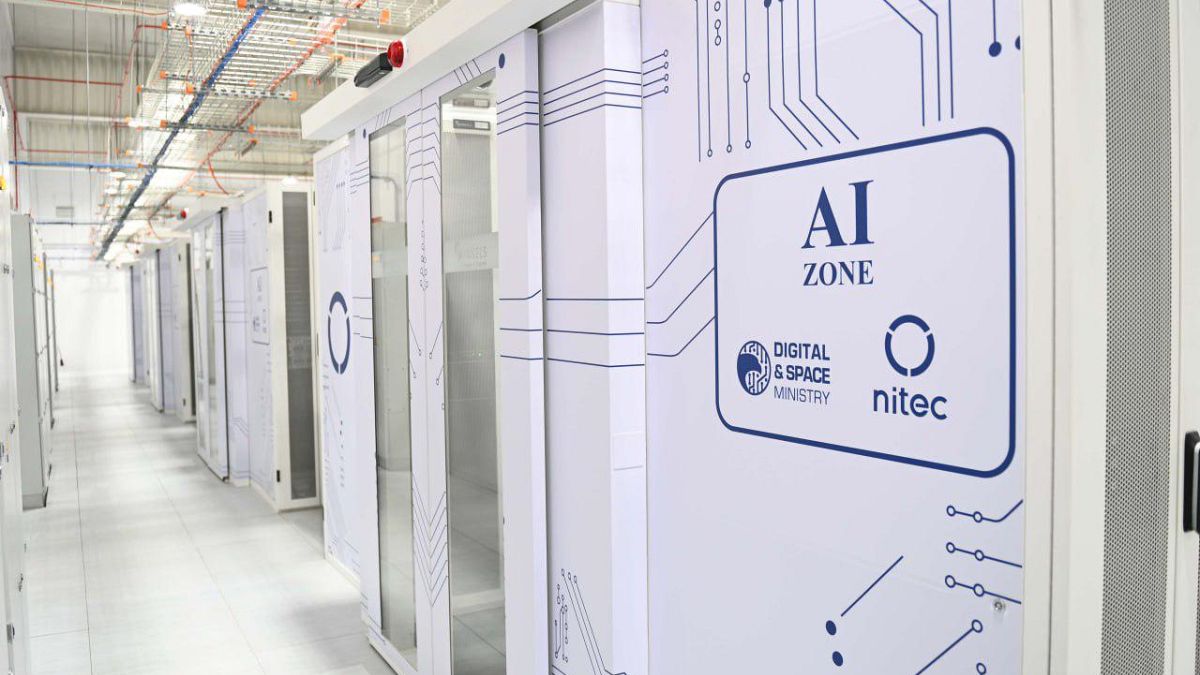

In an era marked by rapid advancements, technology continues to shape the future, bringing us closer to aspirations that once seemed the domain of science fiction. Recent developments in Central Asia and lunar exploration exemplify such strides, offering promising horizons not only for technological growth but also for global collaboration and scientific achievement.
In Kazakhstan, a monumental leap in technological infrastructure has been achieved with the launch of the most powerful supercomputer in Central Asia. This initiative underscores Kazakhstan’s commitment to harnessing cutting-edge technology to bolster its AI capabilities. Experts and politicians in the region have emphasized the importance of localized technological solutions, recognizing that in a future increasingly driven by digital innovation, having robust and autonomous infrastructure is crucial for maintaining sovereignty and independence. The deployment of this supercomputer aims to address these concerns by boosting computational capacity and facilitating pioneering research across various fields, from climate modeling to genetic research.
The establishment of such a potent computational resource not only signifies a regional milestone but also positions Kazakhstan as a central node in the global technological network. The supercomputer is expected to attract researchers and investors, enhancing the region’s reputation as a hub for technological excellence and innovation. Furthermore, it sets a precedent for other nations in Central Asia, potentially fostering a collaborative environment where neighboring countries might follow suit, thereby uplifting the technological landscape of the entire region.
On a more extraterrestrial front, researchers from the Chinese University of Hong Kong have made a significant breakthrough in lunar science that could pave the way for sustainable human habitation on the Moon. Their pioneering work focuses on the ability to extract vital resources from lunar soil, which holds immense potential for future space missions. By developing a technology capable of drawing water from the Moon’s soil and subsequently converting it into oxygen and chemical fuel, these researchers are addressing one of the primary challenges of sustaining life off Earth.
This innovative approach not only extends the reach of human exploration beyond our home planet but also reduces dependency on Earth-based resources for long-term lunar missions. The implications of this study are profound, hinting at a future where human outposts on the Moon could become viable, supporting missions aimed at deeper space exploration. Moreover, the technology could lead to a paradigm shift in how space missions are planned and executed, emphasizing in-situ resource utilization as a cornerstone strategy.
Both these developments, in different geographical and exploratory realms, exemplify the spirit of advancement characteristic of our times. The supercomputer’s launch and the lunar soil study capture a moment of technological optimism, where each step forward seems to bring us closer to overcoming the challenges of today and seizing the opportunities of tomorrow. As nations invest in technological infrastructure and scientific inquiry, such efforts encourage collaborative progress, reminding us of the shared journey towards understanding and harnessing the universe’s possibilities.
The dawn of these technological milestones invites a reflective optimism about the future. As we continue to innovate and explore, the potential for new discoveries remains boundless, promising a world — and beyond — of interconnected and sustainable developments. With thoughtful stewardship, these advancements herald an era where technology not only simplifies our lives but profoundly enriches the human experience.
Source: {link}
